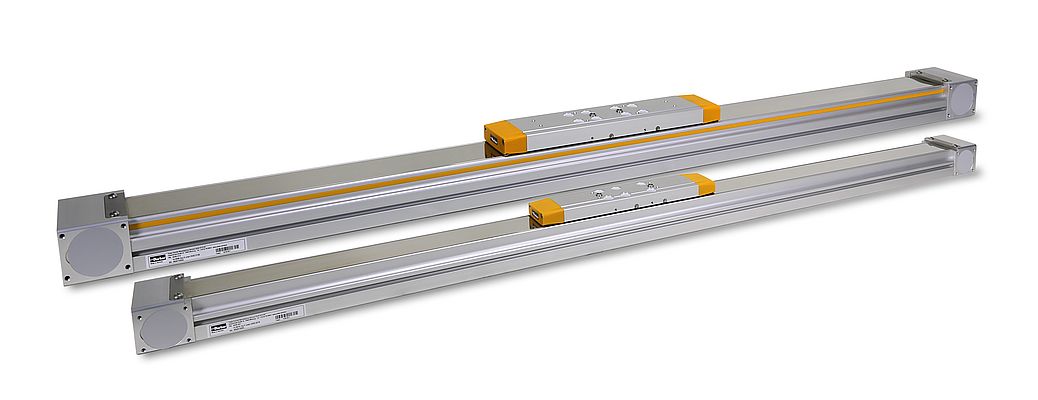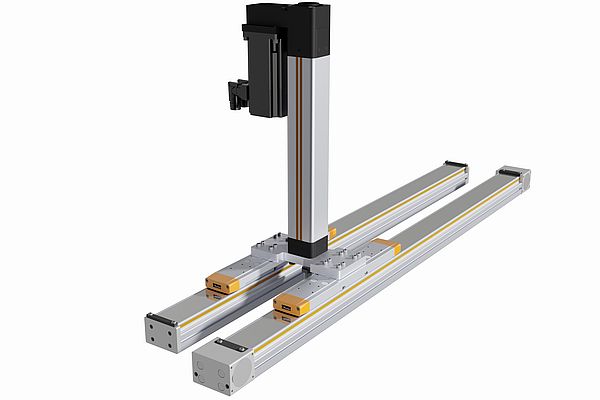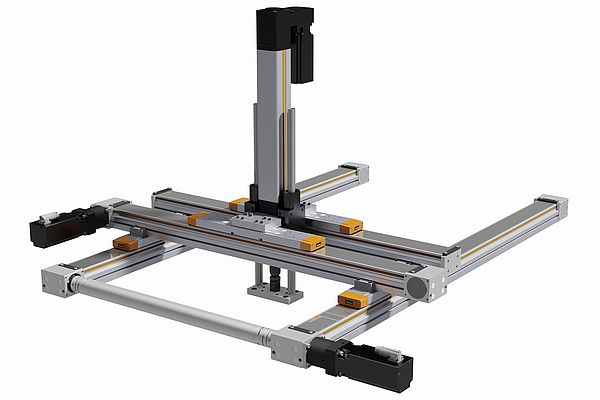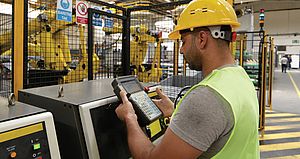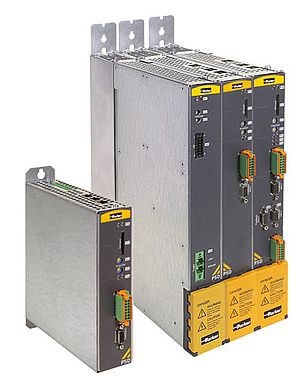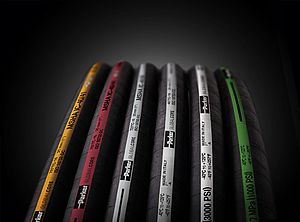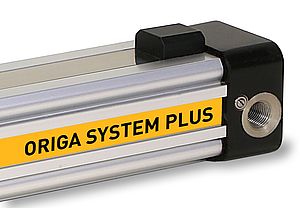Industry’s growing adoption of automation solutions comes from an inherent need for repeatability, reliability and minimal downtime. In comparison with manual labour, automated solutions perform tasks with the same aptitude and repeatability applied to the final operation, as the first. Automated systems do not require holidays, take sick days or restroom breaks; they do not get bored, lose concentration or make mistakes. It is therefore easy to see why the availability of advanced motion control solutions and equipment are driving the widespread desire to automate.
According to a ResearchAndMarkets report in March 2019, Europe’s industrial automation equipment (IAE) market had a value of $53.68 billion in 2018 and will continue growing at a moderate CAGR over the period through to 2025. Clearly, the European manufacturing and industrial sector is one of the most technically advanced and innovative sectors in the world, where it is recognised that factory automation and industry control solutions provide genuine market differentiation and cost competitiveness.
Flexible and versatile automated system motion
When it comes to actuators for the provision of automated system motion, engineers want solutions that offer a combination of load handling, space saving and reliability attributes in order to optimise throughput and minimise costs. Versatility and the ability to be utilised in multi-axis solutions are also becoming important attributes.
The latest high-load rodless linear actuators are able to meet the needs and challenges of linear motion applications for process automation, Indeed, some of the newest actuators achieve a load capacity that is circa 20% higher than previous market solutions. Chief among the innovations here is the use of a square rail, which can also promote longer operating life in certain applications. A square rail guide ensures precise and backlash-free linear motion with constant running characteristics that simultaneously support both high load capacity and travel speed. In conjunction with a closed loop-controlled servo motor high feed forces, high repeatability and smoothness are assured.
Having high load and thrust force capabilities can save money for plants by allowing the deployment of a smaller actuator than would normally be required. In the modern industrial era, floor space is money. To be competitive and keep overheads in check, manufacturing and process plants only acquire or rent the space they need. In addition, the opportunity to use smaller automation solutions creates space for more capacity and/or capability, making compact external dimensions an important factor on the wish-list of many that want to invest in automated equipment. OEMs looking to increase sales seek out compact automation solutions for this very reason.
Multi-axis solutions
Another factor in the purchase decision of many is the ease of creating multi-axis solutions. Numerous machines and systems are based on a double or multiple axis gantry design, including materials handling equipment and packaging machinery. If the system can be expanded quickly and easily, money can be saved by reducing design resource and solution complexity.
Toe clamps
Toe clamps are used for mounting the linear actuators in a fasten and easy way. Such clamps grip into the longitudinal slots in the profile and offer a quick and convenient method of fastening. With toe clamps, one or two cross beams can be fastened directly to the carriage of linear actuators, dispensing with the need for additional connection plates, while simultaneously minimizing the overall height of the multi-axis system.
Sometimes, a complete, pre-defined drive and control package can be supplied to match and integrate actuators into a wide range of applications. By using a pre-defined drive package consisting of actuator, motor, gearbox and servocontroller, a complete drive train can be quickly selected to suit a specific task.
High load rodless actuators
The HLR (High Load Rodless) actuator series from Parker Hannifin is an example of a solution that is able to address all of these requirements, including the pre-defined drive and control package, which is designed specifically for OEM applications. In the first instance, these timing belt-driven, linear-guided drive systems deliver a load capacity of 3847 Newtons (N) based on a theoretical lifetime of 8000 km (achieved thanks to a square rail design) – all within a space-saving form factor. The series aligns with the needs of a wide range of automation applications, including those in restricted working environments. Performance parameters include speed up to 5 m/s, acceleration up to 50 m/s2 and repeatability of ±0.05 mm.
Connecting shafts (available in different lengths) give a high degree of flexibility, and a wide choice of other accessories make it quick and easy to build up double or multiple axis gantry systems. Moreover, the actuators are designed to offer extremely straight movement over the complete stroke, thus aiding the creation of reliable multi-axis solutions.
Importantly, the actuators feature integrated magnetic blocks for initiators on both sides, offering the use of groove-integrated standard initiators.
Summary
Industry’s automation needs are set out quite clearly, and include factors such as: high-load, high-speed capabilities; compact dimensions; reliability and repeatability; and the simple creation of multi-axis solutions. These stipulations, in tandem with quality and cost-effectiveness, point towards a future-proof automation solutions.
By Olaf Zeiss, Product Manager Actuators, Electromechanical and Drives Division Europe at Parker Hannifin Corporation


